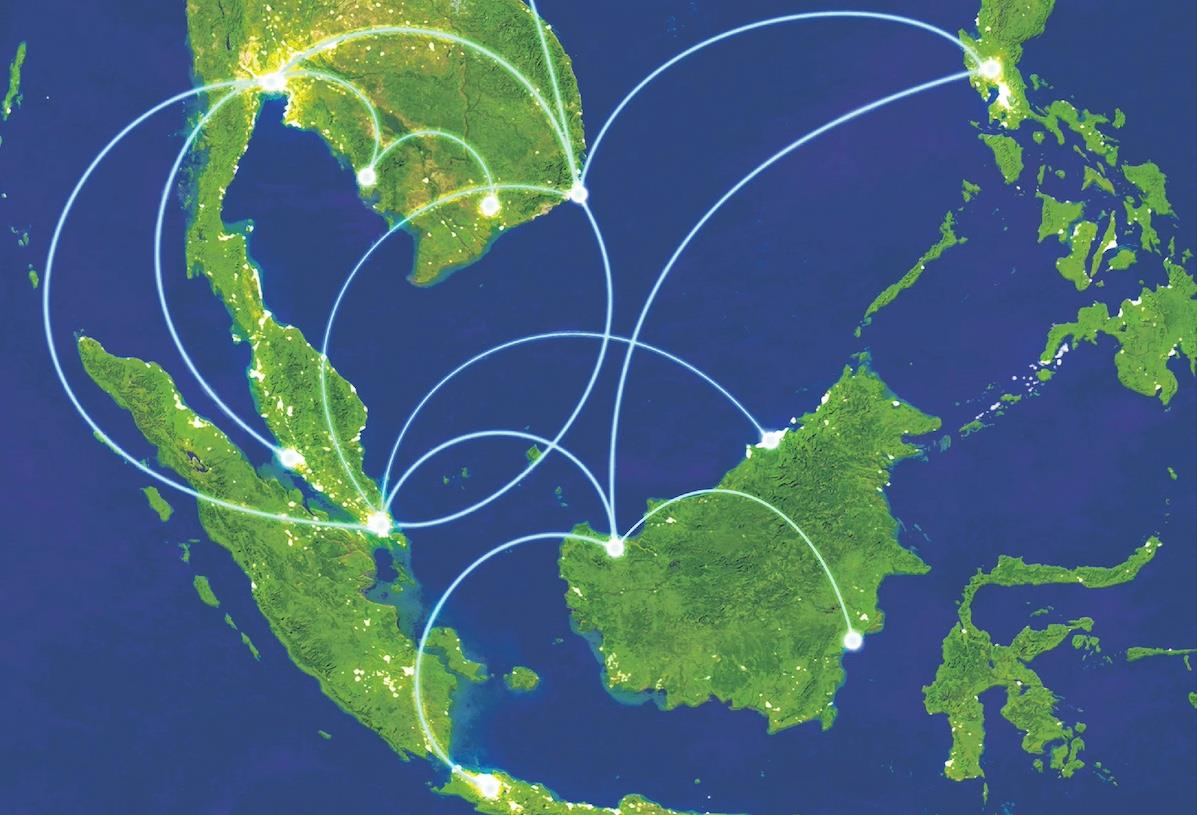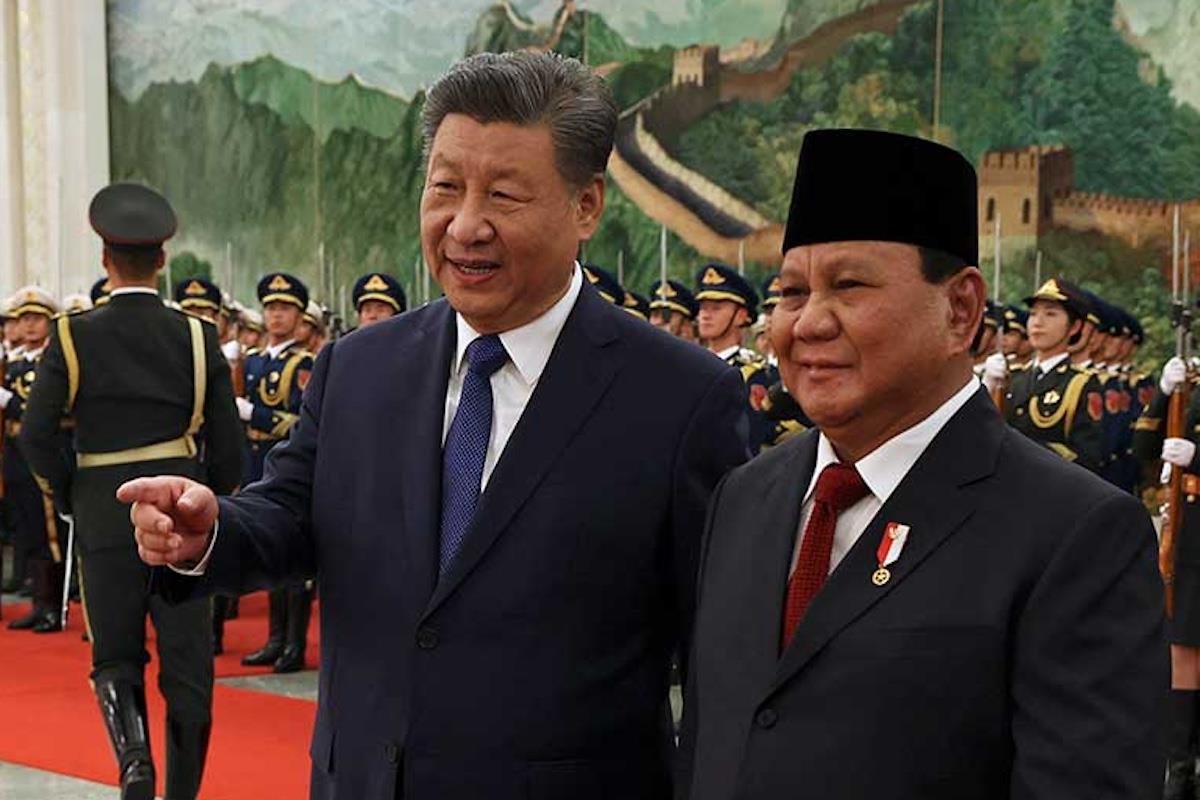
Power Grid Offers A Real Shot At ASEAN Integration
Conceived more than two decades ago, the APG aims to connect the power systems of the ten ASEAN member states through a network of cross-border transmission lines. The ultimate goal is deceptively simple yet profoundly transformative: to enable the free flow of electricity across the region, creating a shared market for power trade and accelerating the transition to a greener, more sustainable energy future.
Unlike the bloc's numerous communiqués and declarations that fade into diplomatic noise, the APG carries a genuine sense of purpose. Its success would mean that electricity generated from hydropower in Laos could light homes in Malaysia, that solar energy from Indonesia could power Singapore's industries, and that the region could reduce its collective reliance on fossil fuels.
In a way, the APG represents what ASEAN has long aspired to become – a community not merely bound by rhetoric but by infrastructure and interdependence.
The project's envisioned scale is staggering. The APG envisions a regional network spanning more than 4,500 kilometers, involving dozens of bilateral and multilateral interconnections. Some links, such as the Laos–Thailand–Malaysia–Singapore Power Integration Project (LTMS-PIP), are already operational, allowing power generated from Laos to reach Singapore via Thailand and Malaysia.
Others, such as the Sumatra–Malaysia, Kalimantan–Sarawak, and Indonesia–Singapore interconnections, remain in planning or feasibility stages. Collectively, they form part of a broader effort to create what ASEAN policymakers call the“regional super grid.”
But beyond the cables and substations lies a more profound story, the APG is becoming the clearest embodiment of ASEAN's elusive unity. For decades, the bloc has struggled to transform its vision of“One ASEAN” into policy reality.
Politically, its members are divided. Some lean increasingly toward China, while others remain close to the United States, and a few, like Indonesia, persist in their traditional non-aligned diplomacy. Amid such fragmentation, the APG is emerging as one of the few projects capable of binding these divergent interests into a common cause.
ASEAN integratio n testThe APG's significance goes far beyond energy. It represents ASEAN's most practical experiment in collective economic integration since the establishment of the ASEAN Economic Community (AEC) in 2015. Where the AEC has often been hampered by regulatory inconsistency and protectionist instincts, the APG offers a concrete, technical pathway toward interdependence.
From a purely economic standpoint, the benefits are obvious. Cross-border power trade would reduce redundancies in electricity generation, lower overall system costs, and enhance supply security. Countries with surplus generation capacity could export to those facing deficits.
More importantly, it would enable the region to harness its diverse renewable energy resources, from Laos's hydropower, Vietnam's wind farms, to Indonesia's geothermal potential, in a coordinated, efficient manner.

Legal Disclaimer:
MENAFN provides the
information “as is” without warranty of any kind. We do not accept
any responsibility or liability for the accuracy, content, images,
videos, licenses, completeness, legality, or reliability of the information
contained in this article. If you have any complaints or copyright
issues related to this article, kindly contact the provider above.
Most popular stories
Market Research
- Thinkmarkets Adds Synthetic Indices To Its Product Offering
- Ethereum Startup Agoralend Opens Fresh Fundraise After Oversubscribed $300,000 Round.
- KOR Closes Series B Funding To Accelerate Global Growth
- Wise Wolves Corporation Launches Unified Brand To Power The Next Era Of Cross-Border Finance
- Lombard And Story Partner To Revolutionize Creator Economy Via Bitcoin-Backed Infrastructure
- FBS AI Assistant Helps Traders Skip Market Noise And Focus On Strategy
























Comments
No comment